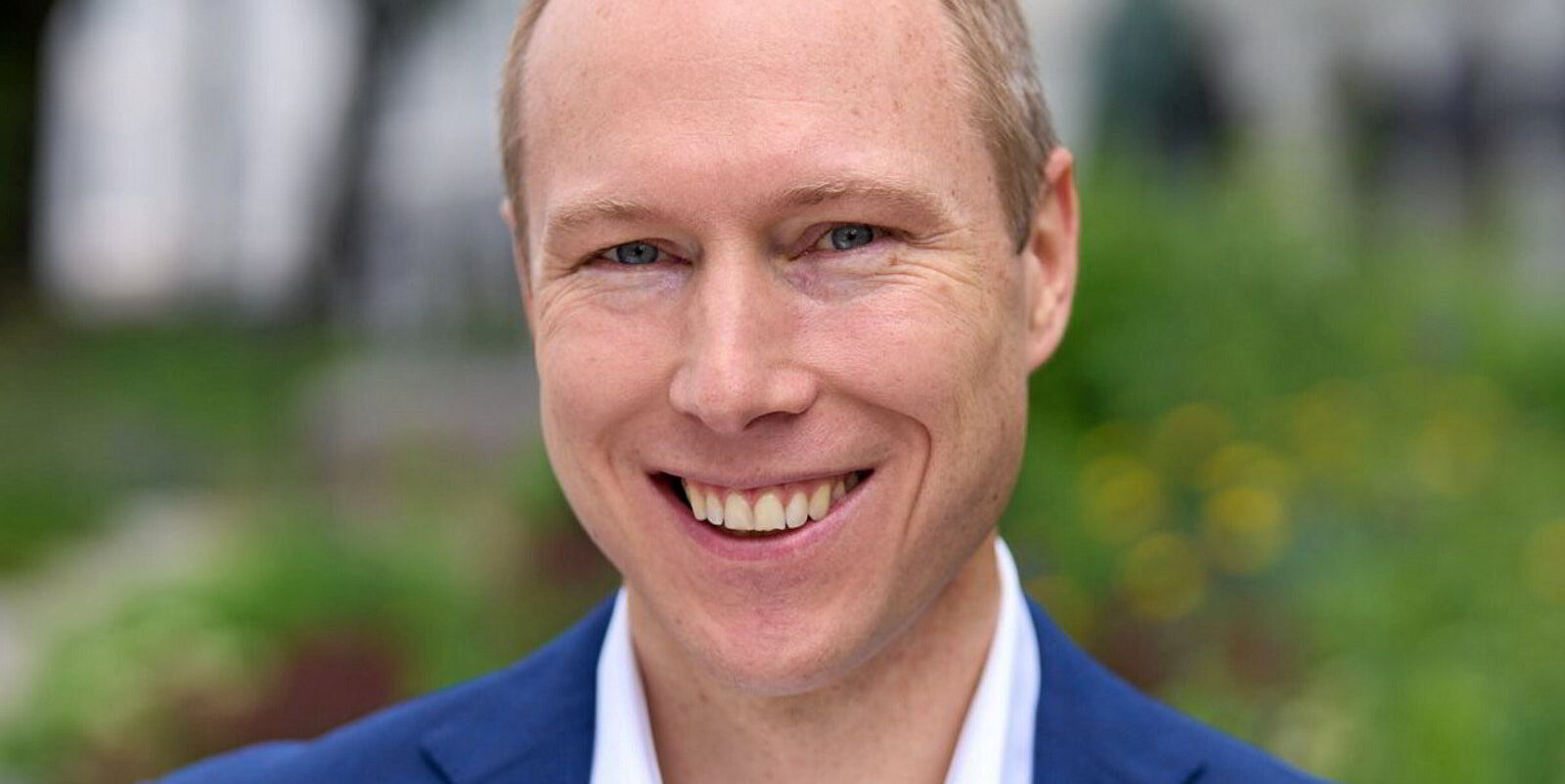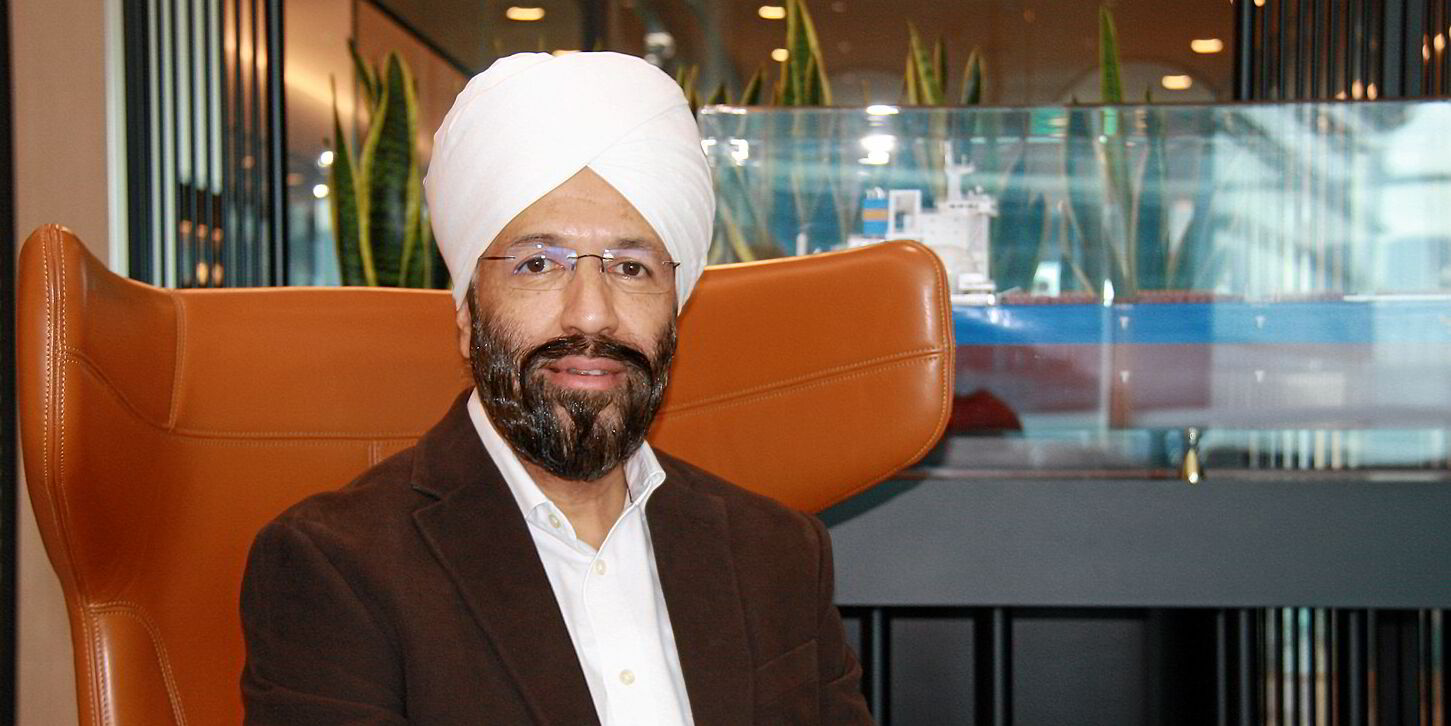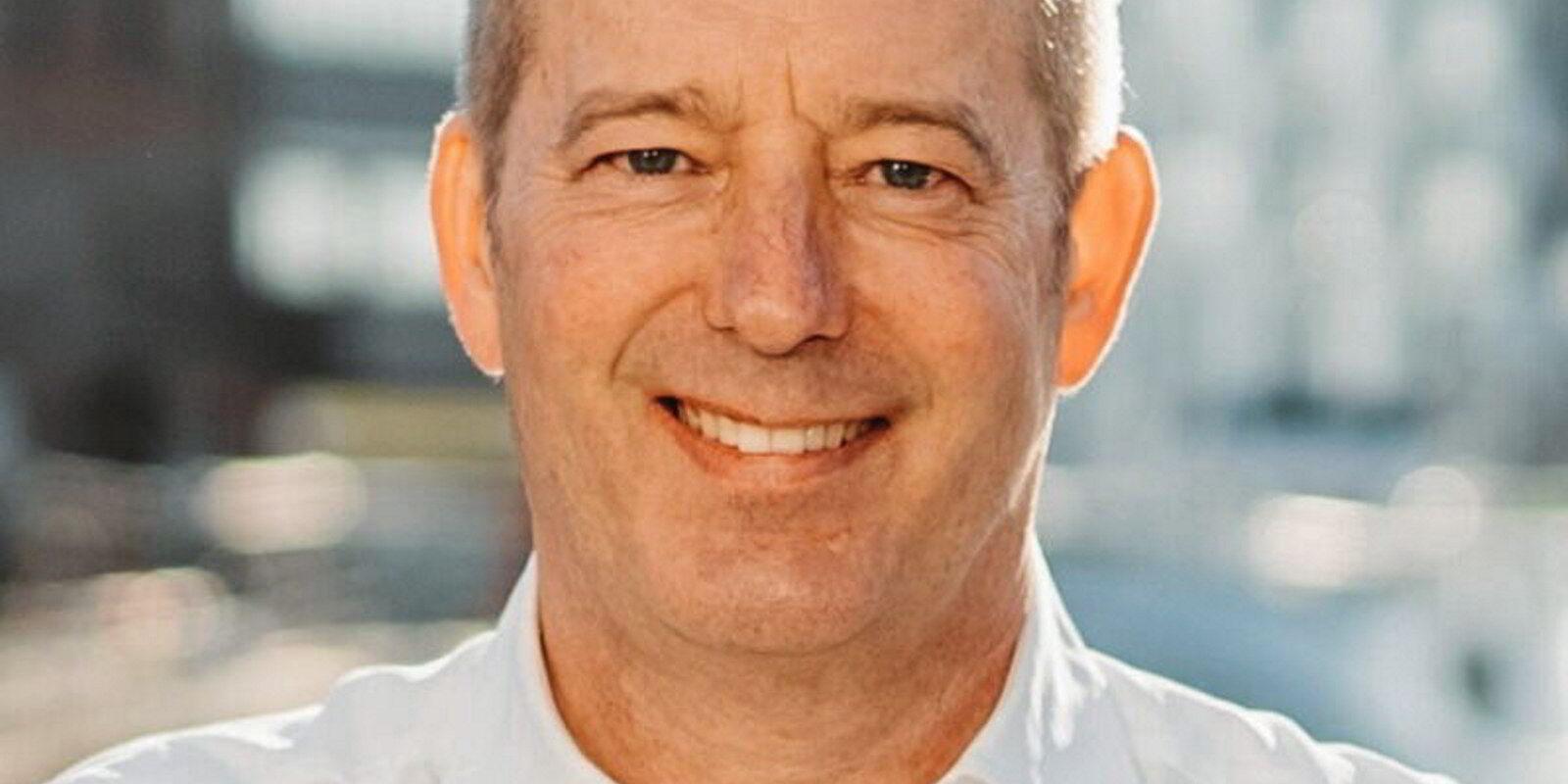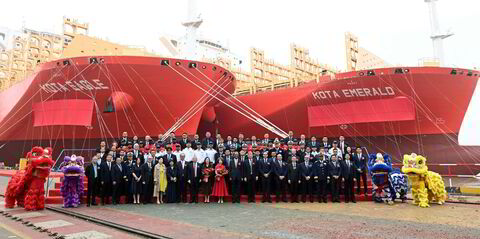Western Bulk Chartering is gearing up to make some big changes it hopes will allow it to enter new business areas and unlock new ways of making money.
Torbjorn Gjervik, who takes over as chief executive today, told TradeWinds the bulker operator is serious about diversifying, with an open mind on how such moves might take shape.
“The industry should know we are open for discussing joint ventures with existing customers and/or players from other segments that have interest in getting more legs to stand on and in diversifying the other way, into the dry bulk space,” he said.
While he declined to offer more specific details on future moves, he did share some colour on how the selection process will shape up.
“It all starts with a good idea. It’s down to your creativity and how willing you are to change,” Gjervik said.
“We are on the lookout for businesses with a high degree of synergy and a low degree of correlation, it can be big or small.
“Looking one to three years ahead, I do see Western Bulk having more revenue streams than we have today.”
Gjervik wants to spend his first six months in the role focusing on Western Bulk’s current organisation.
He steps into his new role after 13 years at the company, working his way up from his entry as a trainee. Now it is time for him to make his own mark on the firm.
Western Bulk’s operated fleet typically numbers 140 to 150 bulkers across mainly supramaxes and ultramaxes, plus handysizes and panamaxes.
It re-entered the panamax segment last year and is closing in on a fleet of 20 such vessels.
This increased Western Bulk’s overall operated fleet from 126 vessels to 141 during the first half of this year.
His promotion comes at a time when things have not been easy for bulker operators, borne out in financial results filed publicly.
Western Bulk booked net profit before tax of nearly $3m for the first six months of this year, which included a $3.4m gain on positional freight derivatives.
There was no interim dividend as the company pledged to reinvest its cash into the business.
This will give Gjervik a little extra firepower as his attention turns to growing the company.
Agility
Unforeseen events, such as canal disruptions and vessel attacks in the Red Sea, have left many bulker operators exposed and short on options over the past year or so.
But Gjervik believes it is still possible to make good money as an operator. You just need to be “super-sharp”.
“I believe the winning formula in a competitive operator world comes down to people, culture, customer focus, systems, brand, cash and cost,” he said.
Building a strong trading platform will comprise improving Western Bulk’s use of market intelligence, becoming more savvy with derivatives and keeping a handle on costs.
Western Bulk has already been branching out from its long-standing core business of operating supramaxes and into panamaxes this year, which has proven profitable.
Gjervik is confident the panamax business will grow further under the leadership of Mohneesh Bhutani.
Futures
The $3.4m gain on derivatives that pushed Western Bulk to a first-half profit is significant.
Big gains come, of course, from big exposure and Gjervik said a “big portion” of it is speculative. That is something that has changed over the past year for Western Bulk, in addition to simply hedging its physical exposure.
Western Bulk is dedicating increasing resources to trading paper, using what Gjervik described as “algorithms and extremely smart people”.
New Western Bulk Chartering chief executive Torbjorn Gjervik plans to spend some time looking at how Western Bulk uses technology.
The company has been an early adopter of data platforms, such as CargoMetrics and Oceanbolt, in the past but needs to find the right fit to add real value.
“The companies that actually manage to implement tech and data-driven decisions in chartering will have a huge advantage because there’s a difference between talking about it at a management level and actually having chartering people making decisions based on better information every day,” he said.
Gjervik thinks his own career experience will be helpful in this mission.
“Having that background from chartering and then sitting down with the tech team and prioritising which projects to work on will be quite important for our success going into the near future,” he said. “We have a great tech team.”
About 10% of Western Bulk’s overall business is derivatives trading based on the company’s proprietary algorithms. This is in addition to trading paper to hedge its physical positions.
“We really need to have one short-term market view that we are making our daily trading decisions on, but then also have a clear internal view on where do we think the market is the next year or the next two years,” Gjervik said.
“That will then lay the foundation of, for example, is this the time to buy ships?
“Is this the time to buy another company? Is this the time to make an investment in another business that we feel we need in our long-term plan of diversifying the company?”
Western Bulk is in no rush to buy vessels. It made almost $5m in buying and flipping a supramax earlier this year, but Gjervik said timing is everything. The company is happy to wait.
“That’s why we like sitting on the fence. We are not in a rush. We are building skills, training people to be ready for the opportunity,” Gjervik said.
Western Bulk is “relatively optimistic” about the fourth quarter in the Atlantic compared to the Pacific, new chief executive Torbjorn Gjervik told TradeWinds.
“It’s mainly on the back of seasonality and driven by soybeans export from the US, corn from Brazil,” he said.
The Suez Canal will remain disrupted and will continue to generate additional tonne-miles for vessel demand, he added.
“Short term still looks decent with demand growth, which is outpacing the supply growth in the short term, but then further out on the curve we are more neutral — maybe slightly bearish, actually — when it comes to basically monitoring the orderbook. From what we see, it’s increasing,” Gjervik said.
Western Bulk has taken a long supramax/ultramax position in the Atlantic basin from August and throughout the first quarter of 2025, comprising over 4,000 days, of which around 2,300 days are optional, according to its first-half presentation to investors.





